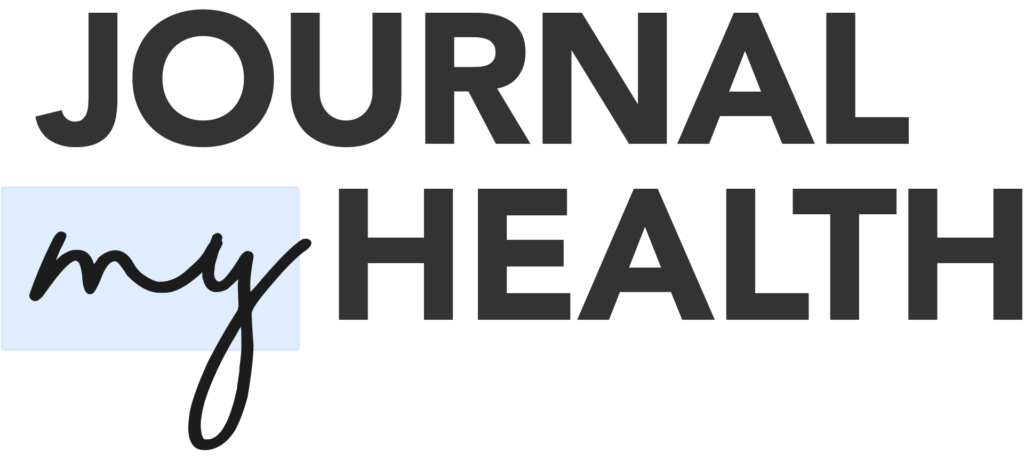The story depicted in Audrey’s Children-where early cancer researchers used handwritten note cards to track patient data and uncover treatment patterns-mirrors the broader evolution of oncology’s relationship with data. This transformation spans all cancer research, not just pediatrics, and illustrates how data collection, analysis, and application have revolutionized the field.
From Note Cards to National Registries
Early oncologists, like Dr. Audrey Evans, relied on manual methods-note cards and ledgers-to record patient diagnoses, treatments, and outcomes. This analog approach allowed them to spot trends and develop new treatment protocols, laying the groundwork for evidence-based medicine.
By the 1970s, the need for more systematic data collection led to the creation of large-scale cancer registries. The Surveillance, Epidemiology, and End Results (SEER) Program, established in 1973, became a pioneering laboratory for new methods of cancer data collection, translating individual patient records into population-based statistics and enabling epidemiological research across all cancer types[1]. SEER and similar registries have since expanded to cover a significant portion of the population, supporting research into incidence, survival, and disparities across cancer subtypes.
The Big Data Revolution in Oncology
Today, oncology is defined by the integration of vast, complex datasets-far beyond what could ever fit on note cards. Key developments include:
- Multi-Omics Integration: Researchers now combine genomics, proteomics, metabolomics, and clinical data to understand cancer’s complexity at the molecular level. This integration helps identify new biomarkers, refine disease classifications, and suggest targeted therapies[2][3].
- Artificial Intelligence and Machine Learning: Advanced computational tools mine large datasets for hidden patterns, enabling earlier diagnoses, better prediction of treatment outcomes, and the design of personalized therapies[4][5].
- Real-World Data (RWD): Beyond clinical trials, data from electronic health records, wearable devices, and patient-reported outcomes provide insights into how treatments work in diverse, real-life populations. RWD is now used throughout the oncology drug development lifecycle, from discovery to post-market surveillance, informing regulatory decisions and ongoing patient care[6][7][2].
- Predictive Modeling: Machine learning models trained on historical and molecular data can predict which therapies are most likely to benefit individual patients, moving oncology toward precision medicine[3][5].
Comparing the Eras: Then and Now
| Era/Method | Early Oncology (Note Cards) | Modern Oncology (Big Data) |
| Data Collection | Manual, handwritten records | Digital, multi-modal (genomics, imaging, EHRs) |
| Pattern Recognition | Visual/manual sorting | AI, machine learning, predictive analytic |
| Collaboration | Local or regional | Global, real-time data sharing |
| Impact | Protocol development, survival gain | Precision medicine, rapid drug discovery |
| Scale | Dozens to hundreds of patients | Millions of cases, global registries |
Enduring Lessons and Future Directions
The meticulous note card systems of the past taught oncology the value of systematic data collection and collaboration. Today, these principles persist, amplified by technology: data science and bioinformatics are now central to every aspect of cancer research, from understanding biology to developing and approving new drugs[8][2][5]. As data integration and analytic tools continue to advance, the field is poised for even more rapid progress-offering hope for improved outcomes across all cancer types.
The evolution from note cards to big data is not just a story of technological progress, but of a fundamental shift in how oncology approaches the fight against cancer: by learning from every patient, past and present, to shape the future of care.
1. https://pmc.ncbi.nlm.nih.gov/articles/PMC11300016/
3. https://pmc.ncbi.nlm.nih.gov/articles/PMC7845924/
4. https://ccr.cancer.gov/news/horizons/article/big-data5. https://blog.crownbio.com/data-integration-bioinformatics-oncology-drug-discovery
5. https://blog.crownbio.com/data-integration-bioinformatics-oncology-drug-discovery
6. https://pubmed.ncbi.nlm.nih.gov/37116794/
7. https://www.lifebit.ai/blog/advances-oncological-data-analysis-transform-patient-outcomes8. https://pmc.ncbi.nlm.nih.gov/articles/PMC9306452/

